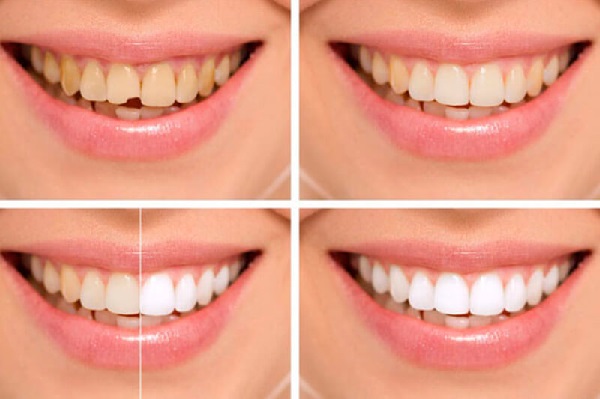
Dental Bonding Treatment
Dental bonding is a cosmetic procedure in which a tooth-colored composite resin material is applied to your teeth to improve your smile. Bonding can improve the appearance of teeth that are chipped, broken, cracked, stained or have spaces between them.
Bonding your front teeth actually requires minimal preparation of the tooth. Anesthesia is usually not needed unless there is an old restoration or decay present. The tooth is roughened with a conditioning gel to help the bonding material adhere to the tooth. The composite resin is then applied and hardened with a curing light. Your DHA dentist will then shape and polish the resin to its final appearance.
Teeth Bonding Procedure
- Preparation. Little advance preparation is needed for dental bonding. Anesthesia is often not necessary unless the bonding is being used to fill a decayed tooth, the tooth needs to be drilled to change its shape, or the chip is near the nerve. Your dentist will use a shade guide to select a composite resin color that will closely match the color of your tooth.
- The bonding process. The dentist will roughen the surface of the tooth and apply a conditioning liquid. These procedures help the bonding material adhere to the tooth. The tooth-colored, putty-like resin is applied, molded, and smoothed to the desired shape. The material is hardened with a bright (usually blue) light or laser. After the material hardens, your dentist will further trim and shape it, then polish it to match the sheen of the rest of the tooth surface.
- Time to completion. Teeth bonding takes about 30 to 60 minutes per tooth to complete.
Advantages and Disadvantages of Teeth Bonding
- Advantages: Teeth bonding is among the easiest and least expensive of cosmetic dental procedures. Unlike veneers and crowns, which are customized tooth coverings that must be manufactured in a lab, bonding usually can be done in one office visit unless several teeth are involved. Another advantage, compared with veneers and crowns, is that the least amount of tooth enamel is removed. Also, unless dental bonding is done to fill a cavity, anesthesia is usually not required.
- Disadvantages: Dental bonding does not resist stains as well as crowns. The bonding materials do not last as long nor are as strong as crowns, veneers, or fillings. Also, bonding materials can chip and break off of the tooth.
Because of some of the limitations of dental bonding, some dentists view it as best suited for small cosmetic changes, for short-term correction of cosmetic problems, and for correcting teeth in areas of very low bite pressure (front teeth, for example). Talk with your dentist about the best cosmetic approach for you.
